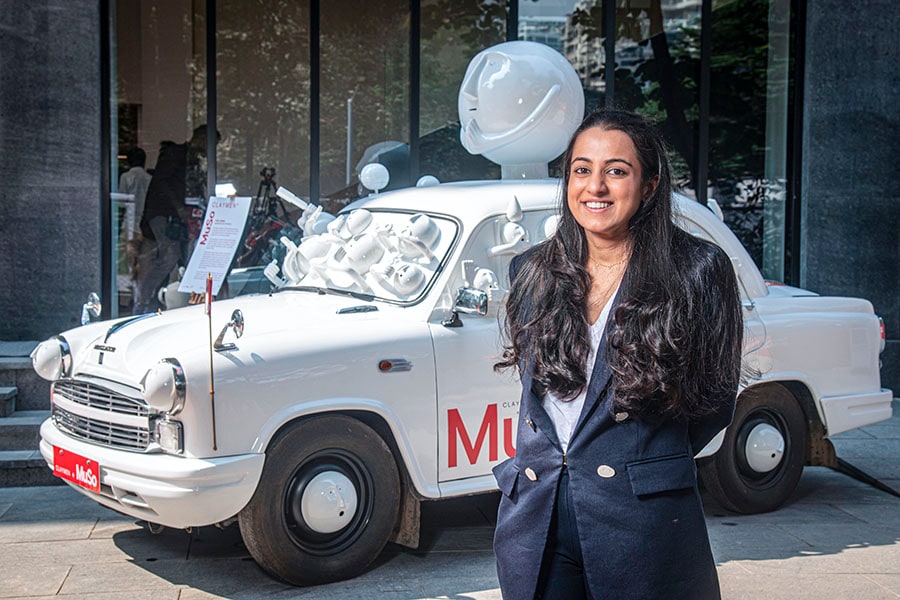
'Adults have failed to solve world problems. Can we let children try?': Tanvi Jindal Shete on MuSo
Jindal Shete's says that the Museum of Solutions she has curated is the world's most important museum project today. Here's how it hopes to complement schools in Mumbai
 Tanvi Jindal Shete, Founder Museum of Solutions.
Image: Bajirao Pawar for Forbes India.
Tanvi Jindal Shete, Founder Museum of Solutions.
Image: Bajirao Pawar for Forbes India.
Q. What sparked the idea for having a space like The Museum of Solutions (MuSo) for children in Mumbai?
The genesis was us wanting to create a safe space and community for children. I started working on the project in late 2016, and the idea developed over the years. Initially, we toyed with the idea of having a newsroom, where children could discuss the news from their point of view, then it became a space for different hobby ideas. At the time, the maker culture was picking up in the US, and a lot of maker spaces were opening up at schools around the world, which was a huge source of inspiration for me. However, there were a couple of maker spaces for adults, but nothing for children, here in Mumbai.
From then, the idea kept morphing, from a maker space to one that could teach kids about what was going on in the world around them. I think one of the biggest things was that from the beginning, we tried to answer the question: ‘Adults have failed to solve the world’s problems. Can we let children try?’.
Q. What would you say is the role of a museum in the age of the internet, where information is freely available? And how has the definition of a museum evolved, from a building with things held in glass cases that you can’t touch?
Over the years of building this museum, we did a lot of work with children to understand what they would like. A common thing was that they thought museums were boring, and for passive viewing. We wanted to be a cross between a science museum, a children’s museum and an arts space, sort of like the World Expo that recently happened in Dubai.









